The season was done and I was a sad boy, one ‘mizzable bastard,’ to use my dad’s expression. But I jumped into the cooling waves and was rejuvenated.
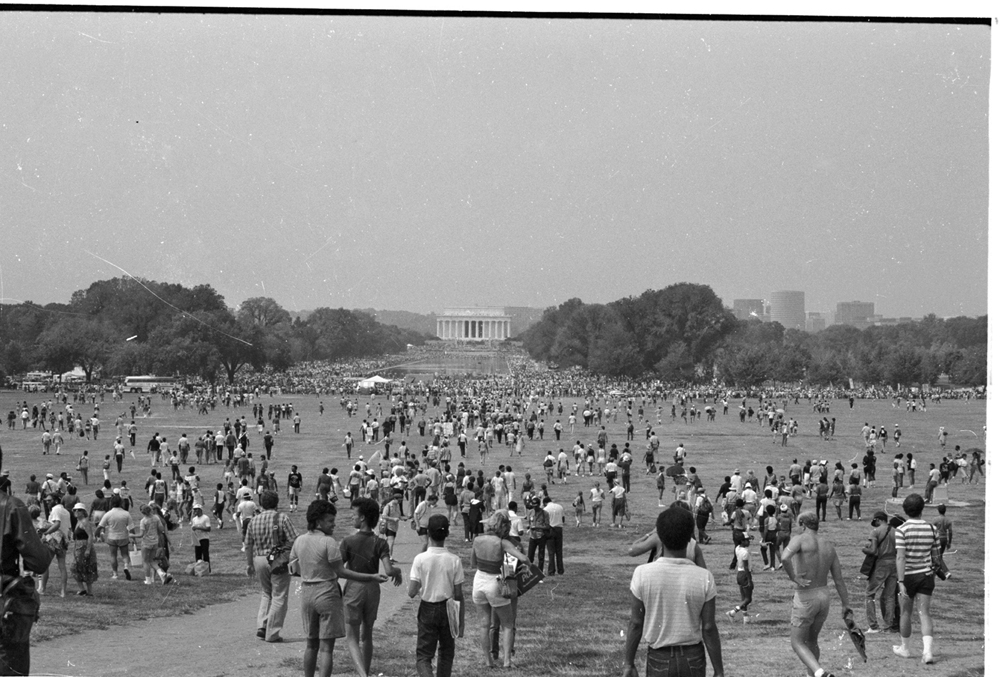
Crowd gathers at Lincoln Memorial, Washington, DC, 1983. Photos by Michael James from his forthcoming book, Michael Gaylord James’ Pictures from the Long Haul.
[In this series, Michael James is sharing images from his rich past, accompanied by reflections about — and inspired by — those images. These photos will be included in his forthcoming book, Michael Gaylord James’ Pictures
from the Long Haul.]
Horses were my first love, followed by cowboys and Indians. Then came the Brooklyn Dodgers aka “the Bums,” and that was deep love. I loved all the Dodgers. Jackie Robinson was my hero. I attended my first Dodgers game in the late 1940’s, along with my dad and his advertising client, Barney Karlin of Castro Convertible Sofas. We sat close to third base; at the seventh inning stretch a woman in a babushka held up a Schaefer Beer sign and rang a bell. I ate many hot dogs and loved my first sauerkraut.
Pictures from the Long Haul
Best of all, the Dodgers came from behind to defeat the Cardinals. But the details are fuzzy. I distinctly recall the Dodgers down by 8 at the beginning of the 7th, then coming from behind to win 9-8. But I cannot find a game in the years 1947-1951 with those results between these two National League rivals — so much for perfect recollection. But I am sure the Dodger’s won!
After that game I became the good luck charm for my Dad and his pal Barney. They took me to more games and the Dodgers won them all — until we went to the Polo Grounds for the Dodger-Giants game for the 1951 National League title.
On that fateful, tear-inducing day the Dodgers were winning when relief pitcher Ralph Branca came into the game and gave up a home run to Bobby Thompson. It turns out Thompson was tipped off to the nature of the next incoming pitch by a Giant spy inside the scoreboard.
The ‘shot heard round the world’ ended the Dodgers’ pennant hopes.
The “shot heard round the world” ensued, ending the Dodgers’ pennant hopes and dooming me to the dismal fate of believing I was the cause of it all. I cried that day and for many years, despite increasing rational thought, basically believed I was a jinx when it came to rooting for score outcomes. That irrational belief lingered in my life, but terminated big time when in January 1986, Katy Hogan and I took the last train to New Orleans and headed to the Superdome. There we watched the Chicago Bears cream the poor New England Patriots to win Super Bowl XX, 46-10.
After the Dodgers’ 1951 pennant loss I did go to some games again with my dad, including one of the games the Dodgers lost when winning the World Series vs. the dreaded New York Yankees in 1955. In 1959 the Dodger owner (and creep) Walter O’Malley moved “his” Brooklyn Dodgers to Los Angeles. At the time baseball was still my favorite game and the Dodgers still “my team,” so my heart was rapidly broken; I lost interest in Major League Baseball.
But baseball runs deep in the heart and mind. During the summer of 1966 I was back in Chicago after a stint at Berkeley for graduate school and the first of numerous activism-related arrests (that first being during the Free Speech Movement at UC Berkeley). I was working in Uptown with JOIN Community Union, building the interracial movement of the poor. Paul Booth was running the Students for a Democratic Society (SDS) national office at 63rd and Cottage Grove and he invited me to join him for a Sox game at Comiskey Park.
That’s when I became aware of the wonderful White Sox, and learned about their on-again, off-again owner: the late, great, groundbreaking baseball exec and progressive good guy Bill Veeck — “Veeck as in wreck.” Veeck had owned the Cleveland Indians and in 1947 broke the American League color barrier when he signed Larry Doby to the Indians.
Ten years later during the summer of ’76 when we opened the Heartland Café, both the Sox and Cubs were in first place. That’s when I fell back in love with baseball, this time with the White Sox and their principled owner Bill Veeck. To this day my fondness for all three has not waivered.
My fervor for the White Sox ramped up big time during the 1983 season.
My fervor for the White Sox ramped up big time during the 1983 season. My new favorite team went on an exciting pennant run and I spent a good amount of time following results in the Chicago Sun Times, going to many games in the wonderful old Comiskey Park for live action, and spending too much time watching the team on TV or listening to the old-style, play-by-play way on AM radio.
My favorite Sox player was Harold Baines, who at age 12 was “discovered” by Veeck on Maryland’s Eastern Shore, a place already in my awareness from knowing about H. Rap Brown, Chairman of SNCC (Student Nonviolent Coordinating Committee), who was arrested for giving a fiery speech following a rebellion in Cambridge, Maryland, in 1967.
In late August I went back to my hometown, Westport, Connecticut. My son Jesse was already there visiting my mom and his nearby cousins. Picking up Jesse was my happy mission, which I coupled with picking up a circa 1970 black-and-tan Dodge Dart Swinger I was buying at a good price from my mom.
My new ride called for a test run — for me and the car to bond. This created the opportunity for some East Coast fun travel adventure. On Saturday, August 29, I got Jesse up at 5 a.m. and in our “new old” ride we headed south to the nation’s capitol for the 20th Anniversary of the historic Civil Rights March on Washington for Jobs and Justice — a recreation of the run I’d made 20 years earlier. On August 23, 1963, I’d driven down from summer school for Español at Trinity College in Hartford to Washington, DC, where Dr. King gave his “I Have a Dream” speech at the March on Washington.
Jesse and I joined the many thousands who gathered at the Lincoln Monument.
Jesse and I joined the many thousands who gathered at the Lincoln Monument and the Reflecting Pool. We listened to speeches (none so memorable as Dr. King’s); we hung out around the pool, soaking up the sun and the vibes, watching folks unfurl a giant banner for peace while standing in the reflecting pool. Others went into the pool to escape the heat.
After the march we booked into a Holiday Inn in Silver Springs, Maryland, in order to visit Takoma Park, where my daughter Coya was living with her mother Leslie and stepfather Steve. They’d just returned from Cuzco, Peru, where Coya’s anthropologist parents had been living and working. Coya’s mom always encouraged both Jesse and me to spend bonding time with Coya; I am very grateful for that.
On Sunday morning Coya, Jesse, and I frolicked in the motel swimming pool, had some brunch, and watched TV. After dropping my daughter at her home, Jesse and I drove to Dewey Beach in Delaware, by way of another of what I refer to as my “ancestral homelands” — anywhere any of my ancestors lived before me.
This time it was little Seaford in southern Delaware, the place my earliest James relatives in North America settled when they got off a ship in Maryland after crossing the great blue waters of the Atlantic. At Chicago’s annual Restaurant Show I once met a salesman named James who worked for a seafood company out of Seaford. I of course mentioned that his town was my ancestral homeland. He told me there are two lines of James’ in Seaford, but didn’t seem too interested that we might be distant relatives.
After a look-see drive-around feeling my roots, we headed toward the Atlantic Ocean via back roads through high seagrass tidelands, stopping at low tide by a small bridge that forbade crabbing and fishing. We checked out a small fleet of little fishing boats moored in an estuary, and stopped at a farm stand as night settled in. Once in Dewey Beach we registered at a motel right on the beach and headed out for a night walk on the boardwalk.
Over the next day and half I ran on the beach, and we both charged into the surf. We watched fishermen casting in the surf, got Jesse a bathing suit I thought was outrageously priced at $17.95, did more swimming, found a waterslide for some downhill water thrills, visited nearby Rehoboth Beach, cruised around checking out the scene, and went out to eat a few times.
We left the surf and the motel and
got back in the Dart.
We left the surf and the motel and got back in the Dart, in which we meandered up scenic Delaware Route 9, hooking up with the Delaware Memorial Bridge in New Castle, which took us to the New Jersey Turnpike and eventually up to Manhattan. Arriving outside my sister Melody’s place on the West Side at 37th Street, and was surprised to bump into Annie Hatt, part of Chicago’s musical group Rokko and the Hatt that had performed at the Heartland Café. Later that night Jesse and I drove the last 50 miles on familiar turf, up the West Side Highway and then the Merritt Parkway, where we got off at Exit 41, arriving at my family home near midnight.
The next two days were filled with hometown visit activities: running on the back roads of my childhood, swimming at Compo Beach and climbing on the breakwater covered with starfish, stretching and thinking about moving like a crab. I visited my Grandma Anne, and Aunt Harriet shared a photo of me at about 13, in 1955, with what my Grandma called a “pompadour” (with a “DA”) hairdo.
I took a ride back down the Merritt to visit my adopted brother, the renowned bodybuilder Jim Arden, who had by then built quite a weight room at Greenwich Country Day School where he was teaching science and mentoring some of the hipper affluent young ones who attended school there. And even while home, I of course kept up on the White Sox game results, watched late night TV with my mom, and ate ice cream and other treats discovered on numerous trips to the icebox.
A little side trip took me northeast to Boston to visit my old squeeze.
A little side trip took me northeast to Boston, to visit my old squeeze from high school, Susan Lum. On the way there I stopped in Bigelow Hollow State Park in Union, Connecticut, where I ran for a long time on unpaved roads under the lush, full growth shade of late-summer New England woods. I didn’t hit asphalt until I exited the woods on the Massachusetts-Connecticut border. I finally got to Susan’s home in Worchester, and we met up with her friends for some drinking and dancing.
At Fenway Park on Friday night, September 2, the good Sox lost. The Red Sox fans were friendly to me and some other White Sox fans who unfurled a banner for our visiting Chicago heroes during the seventh inning stretch. The game on the next day turned out better on the outcome front, but fan harmony and my respect for the other side took a negative turn.
At the top of the seventh, I got up and cheered for my guys, only to be doused with warm beer, a hot dog, and its bun. I of course continued my cheers as the White Sox went on to a 9-6 victory; but to this day I am reluctant to root for the Red Sox — even when they play the Yankees. (Historical fact worth knowing: the Yankees and Red Sox were the last two teams to include black players on their rosters.)
Jesse and I made it back to Chicago. Thankfully the Dodge Dart got us there, but it did break down a few miles from home. My son David picked us up, but the next morning I had a crick in my neck that evolved into a stiff neck, capturing too much of my attention for days to come. And in dealing with the broken-down Dart, I backed into another car. Who knows what astrological forces were at work.
By the following weekend I was able to focus on the White Sox again.
But by the following weekend, September 17 and 18, I was able to focus on the White Sox again, and was at Comiskey Park Saturday night when they beat the Seattle Mariners and clinched the division. I went back to watch another win on Sunday afternoon, and took pictures of Harold Baines and the team’s celebration of their achievement the night before.
By Saturday, October 8, the weather was colder, the days were shorter, and the baseball playoffs were upon us. And so it was that on a chilly, windy, sunny afternoon, the White Sox were in the playoffs for the American League title. I was in my “beach house” apartment at the edge of the earth, next to the Great Lake Michigan. The game was on TV and the radio. Both were on; I was into it. The Sox had to win to keep their hopes alive.
Sox pitcher Britt Burns was the hurler, up against Tippy Martinez and the Baltimore Orioles in a classic pitching duel, with the score 0-0 at the end of nine innings. Britt continued pitching in the 10th and gave up three runs. Lickety-split the Sox lost — season over, a great run full of highlights and treats to be thankful for. But thoughts of a wonderful season gone by did not make the loss easier.
The season was done and I was a sad boy, one “mizzable bastard,” to use my dad’s expression. I went out my back door, down the stairs, crossed the Loyola Avenue alley, and ran onto the sand of empty Albion Street Beach. Then into the big water I went, jumping in and out of cold rolling waves, cooling and soothing my emotional jets. Soon I felt a sense of refreshment and rejuvenation, a reemerging commitment to going with life’s flow, settling into a “life goes on” vibe, and redirected my attention to things to come.
Find more articles by Michael James on The Rag Blog.
[Michael James is a former SDS national officer, the founder of Rising Up Angry, co-founder of Chicago’s Heartland Café (1976 and still going), and co-host of the Saturday morning (9-10 a.m. CDT) Live from the Heartland radio show, here and on YouTube. He is reachable by one and all at michael@heartlandcafe.com.]

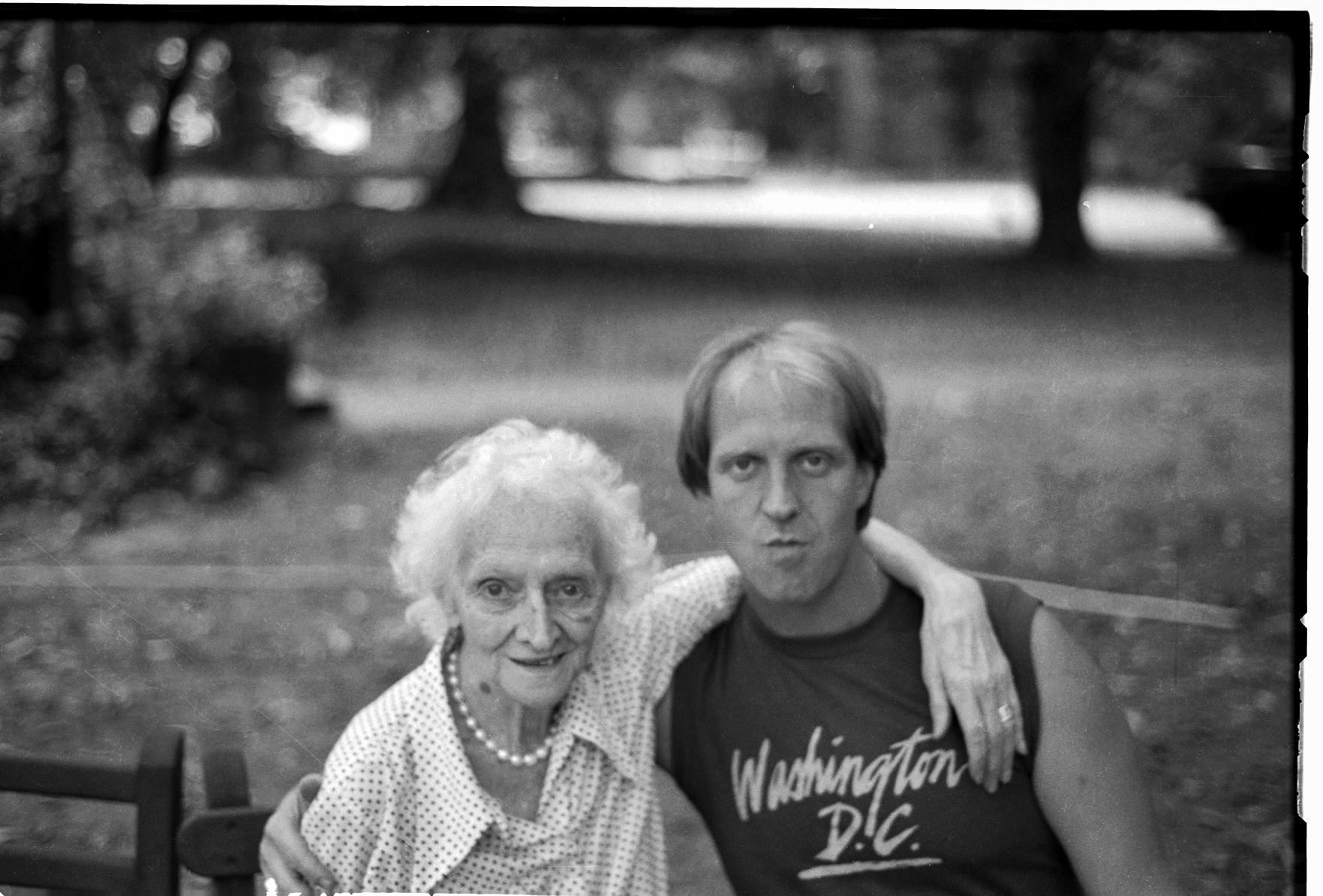
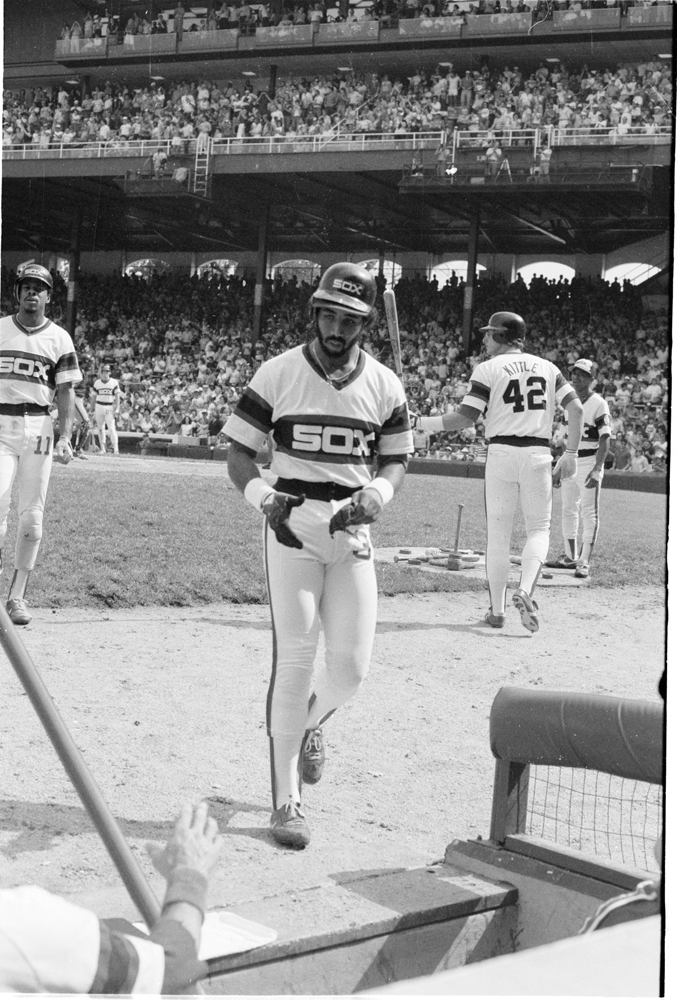
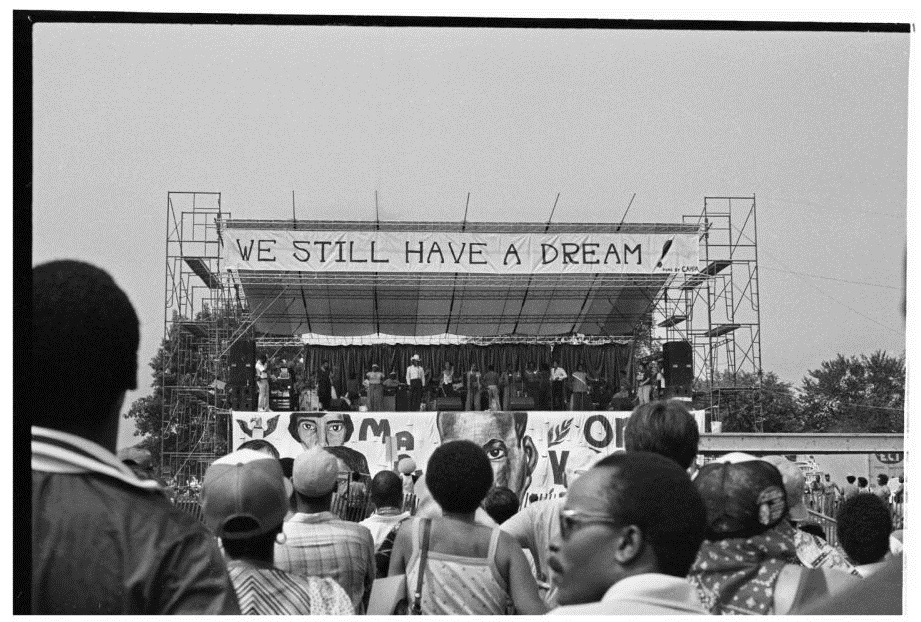
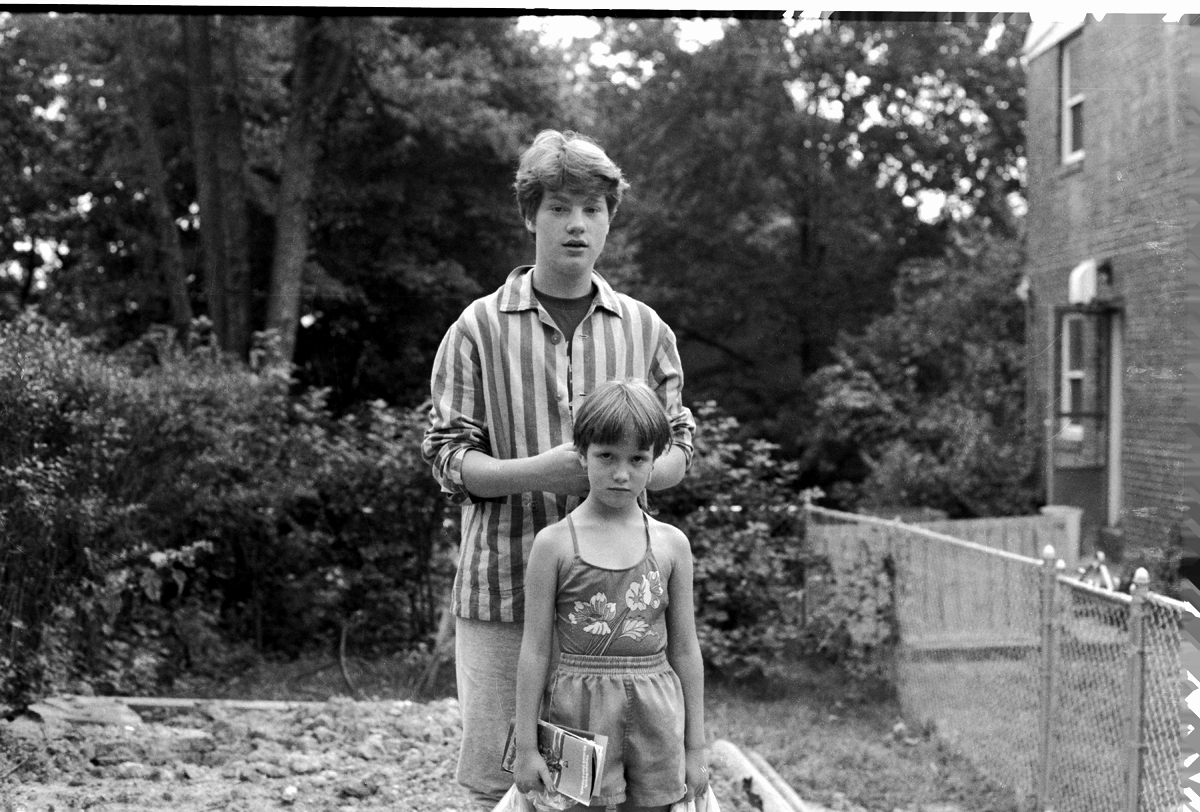
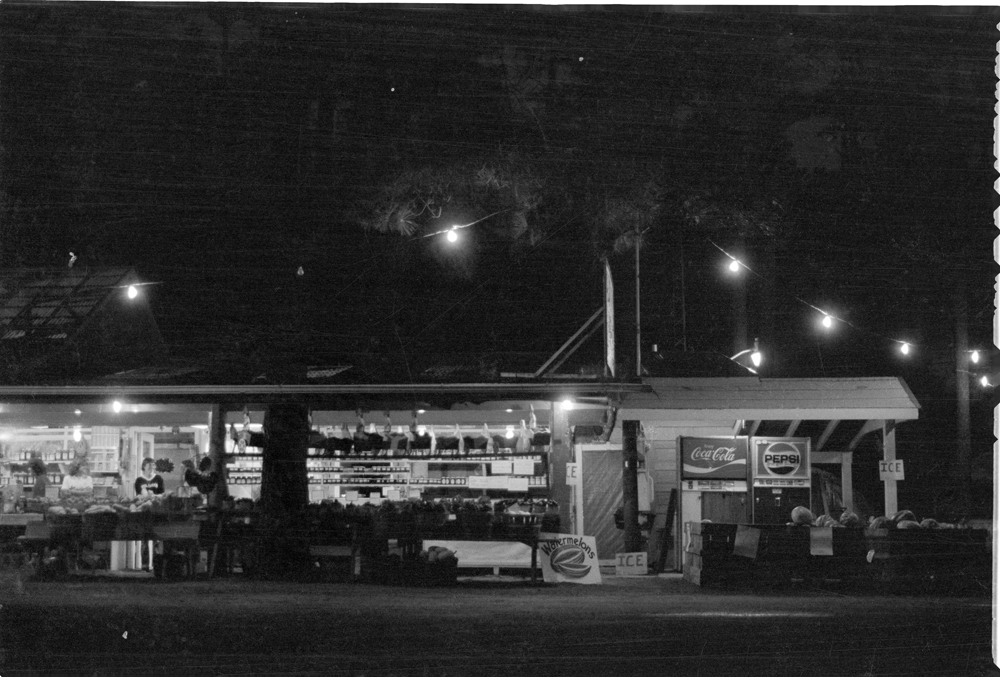
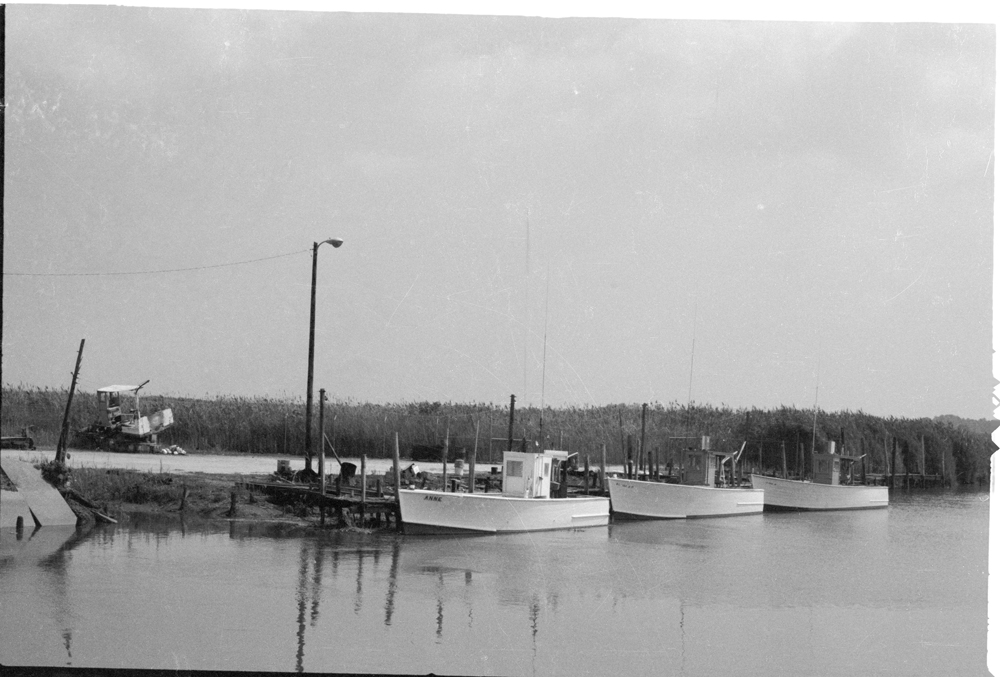
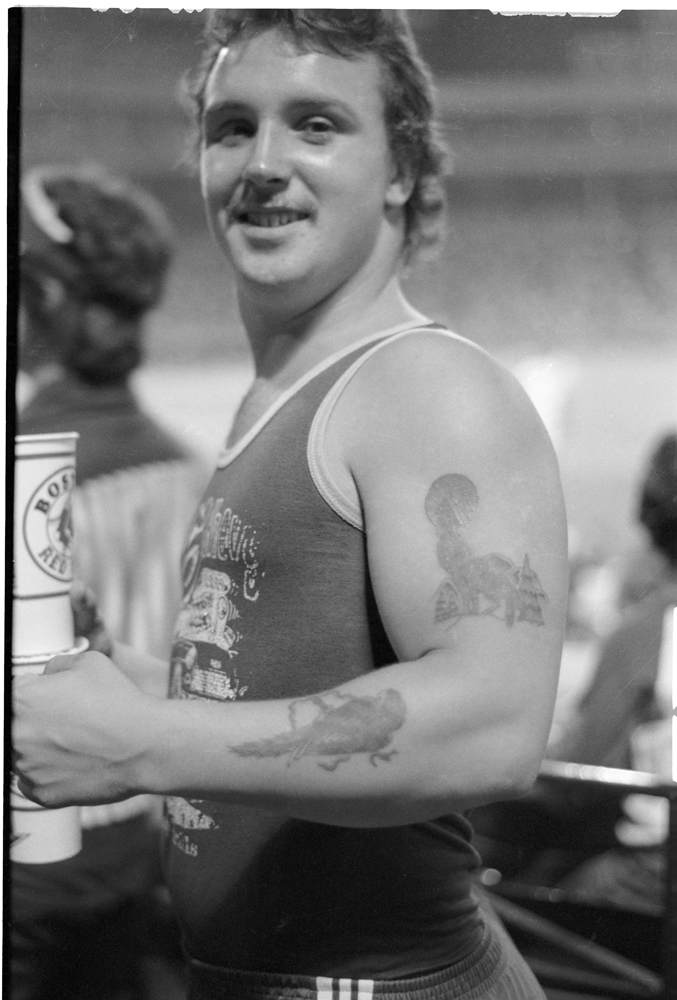
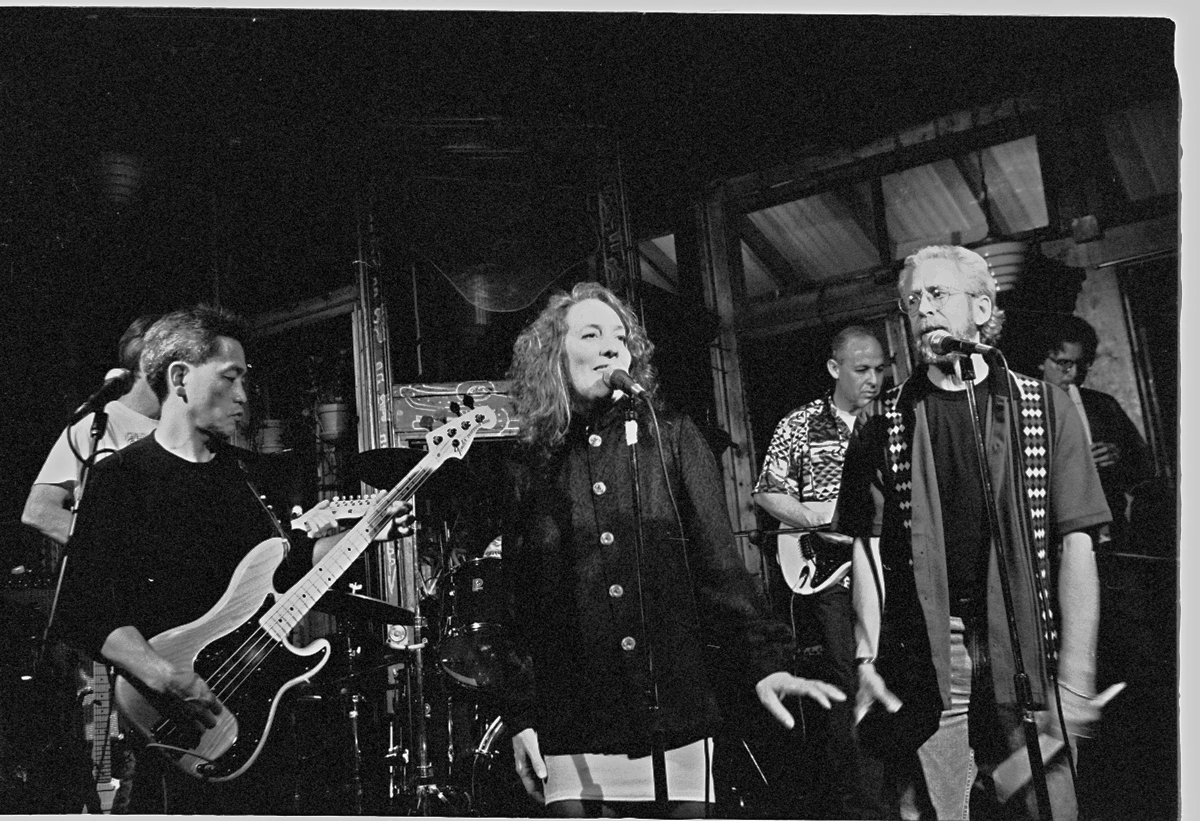
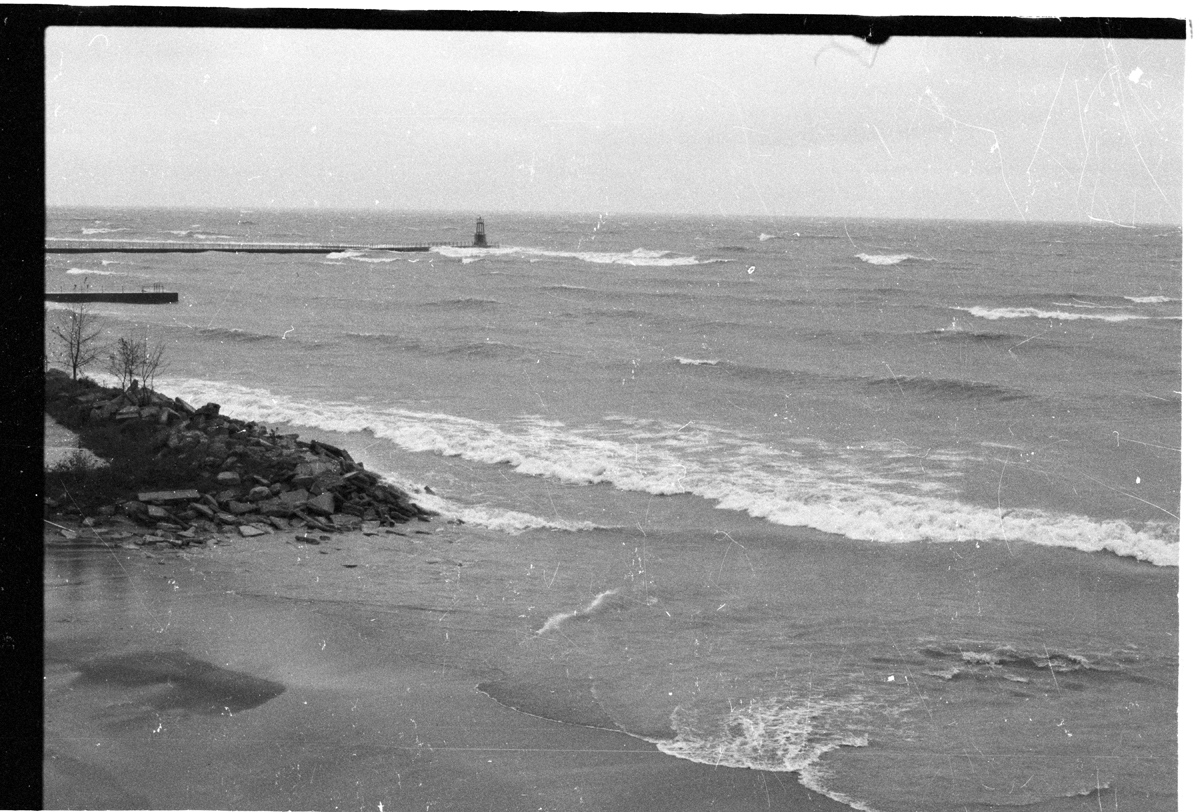

















i believe the detroit tigers were the last team to hire an african american (ozzie virgil), who was not really an african american. he was dominican.
and i still boycott the bastards!
wellman